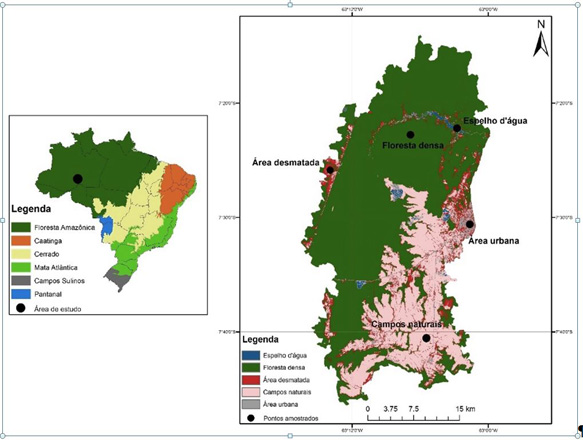Distribution and contamination of metals in the soil of Guandu Watershed
Keywords:
environmental assessment, pollution, trace elements.
Abstract
Coastal areas provide important benefits to humans in terms of food resources and ecosystem services. At the same time, human activities can have significant negative impacts on ecosystem health. Thus, control of watershed pollution is both necessary and essential in order to reduce and systematically eliminate the detrimental consequences that are evident in marine and estuarine ecosystems. The present study investigated the distribution of metals at the Guandu Watershed. Five sampling sites were selected for the soil analysis. Samples were collected from February 2013 to December 2014 and analysed for concentrations of As, Cd, Zn, Cu, Pb, Cr, Ni, and Co, using ICP. For control, some samples were used in uncontaminated areas outside the direct effect of chemical industries. The data indicate the presence of metals at the research sites. While the levels of contamination are still slightly below the peak concentrations established by Brazilian legislation, they are approaching levels of concern, particularly with regard to As, Cd, Pb and Cr. The results indicate that the use of water from the Guandu Watershed for recreational purposes and fishing is harmful to both human health and the environment.- Distribution and contamination of metals in the sediment of Sepetiba Bay watershed. A case study
- Distribution and contamination of metals in the sediment of Sepetiba Bay watershed. A case study
- Distribution and contamination of metals in the sediment of Sepetiba Bay watershed. A case study
- Distribution and contamination of metals in the sediment of Sepetiba Bay watershed. A case study
- Distribution and contamination of metals in the sediment of Sepetiba Bay watershed. A case study
Published
20/10/2015
Issue
Section
Papers
Authors maintain the copyrights for their work. However, they grant rights of first publication to Ambiente e Agua - An Interdisciplinary Journal of Applied Science. In compensation, the journal can transfer the copyrights, allowing non-commercial use of the article including the right of sending the article to other data bases or publication media. The journal uses the CC BY 4.0 license"






